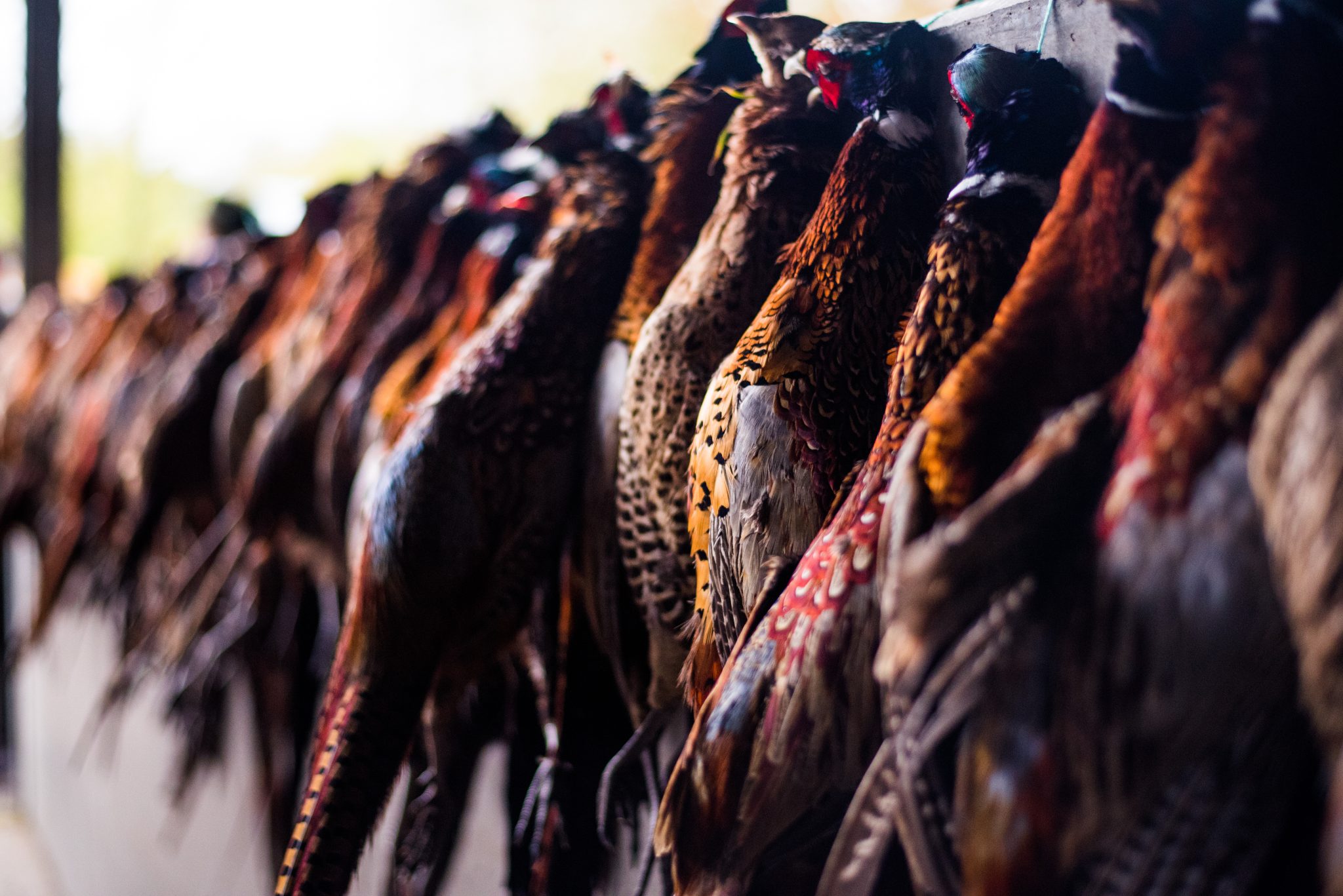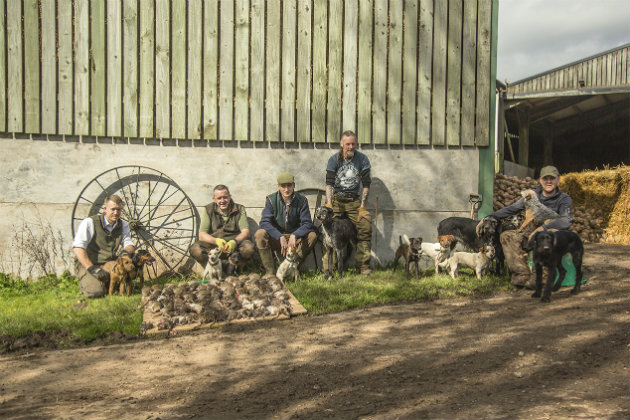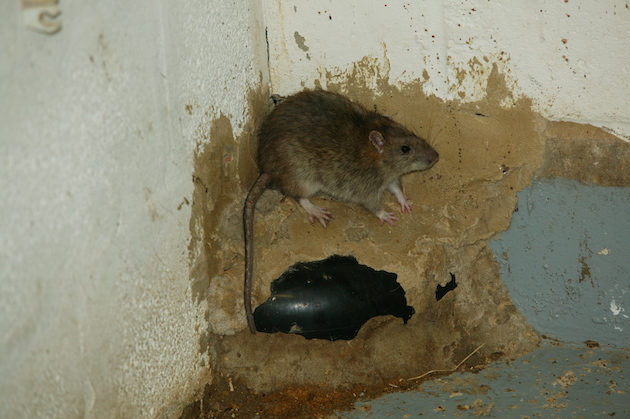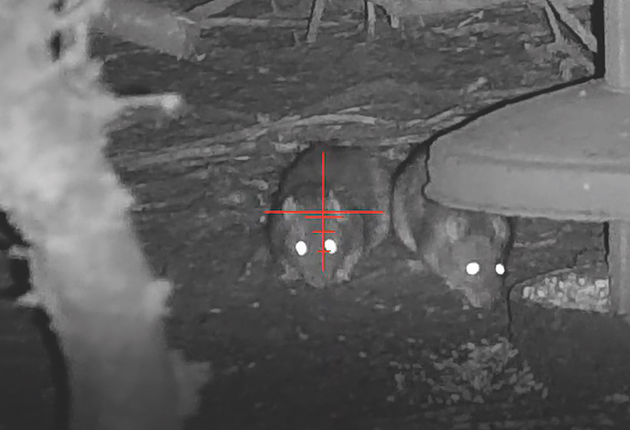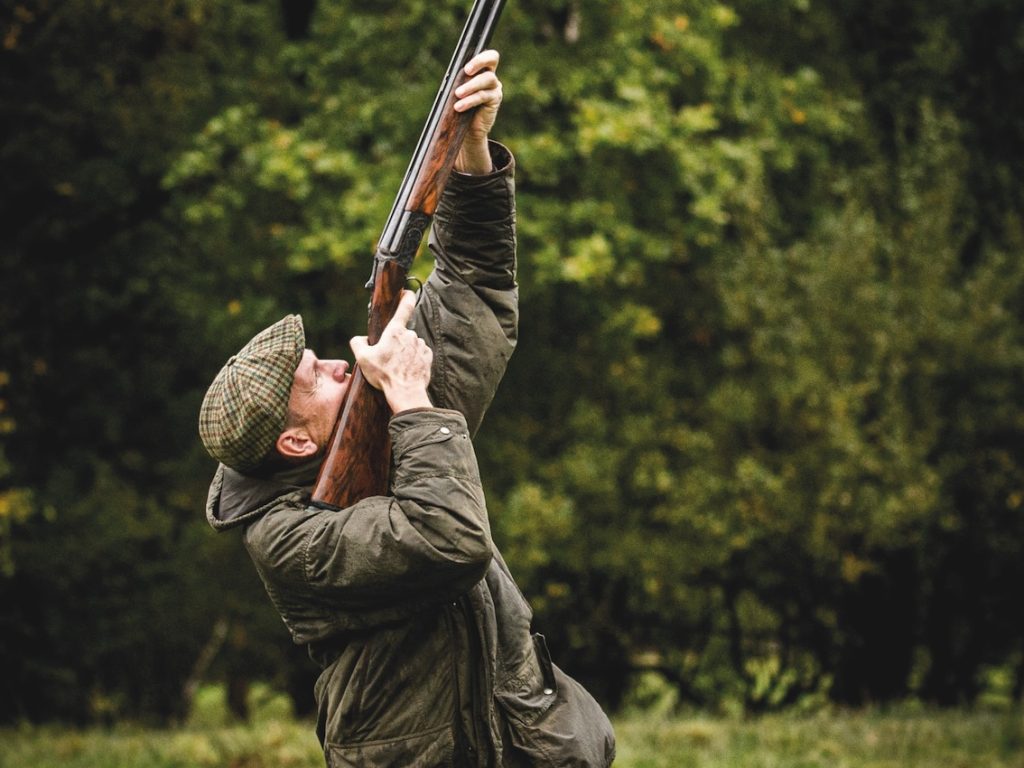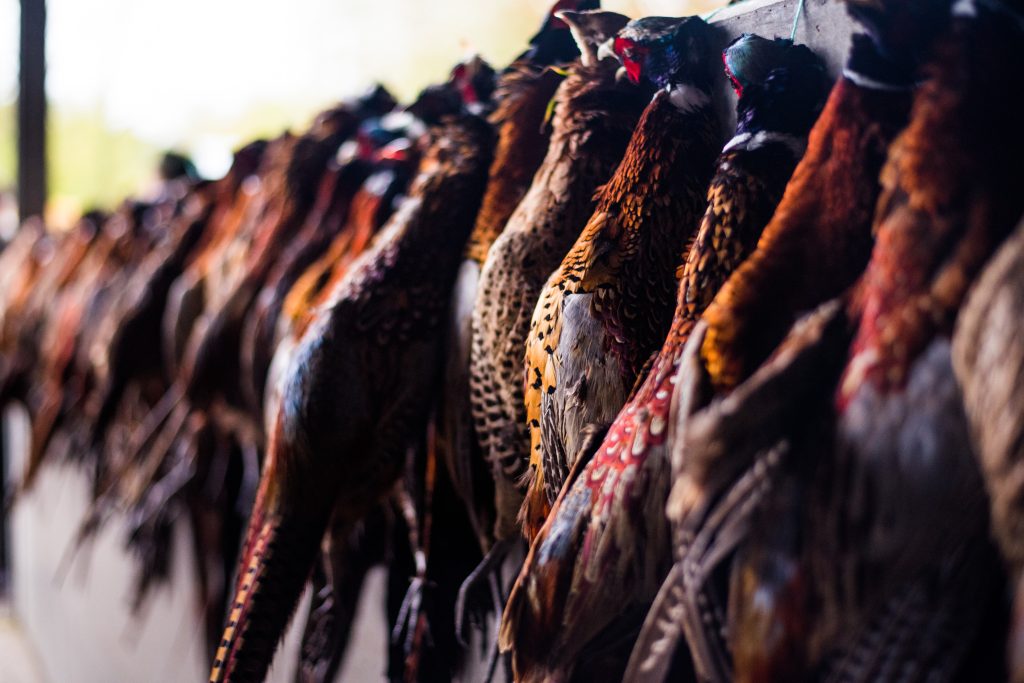I’ve been to a meet or two in my time: beagle packs on village greens; minkhounds on crumbling stone bridges…
Win CENS ProFlex DX5 earplugs worth £1,149 – enter here
This is the start of the ratting season for airgunners
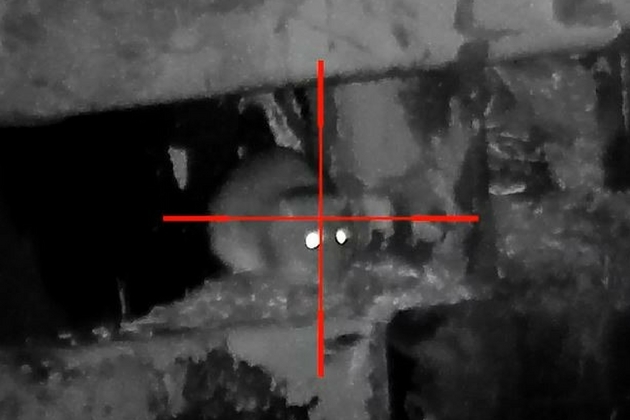
Most farming units harbour a few resident rats throughout the year — especially if pigs or poultry are present — but numbers usually increase as autumn arrives.
Many of these incoming rodents will have spent the warmer months in open countryside, foraging a relatively natural diet. But things start to get tougher as the seasons change, and the farmyard becomes an inviting place when the weather turns cold and natural food sources dwindle.
Farms must seem like a paradise to rats
Most offer an unlimited supply of easy pickings in the form of silage, animal feed pellets, grain stores and other stored crops. Add to that the abundance of warm nesting sites among straw bales, tyre heaps, silage clamps, hedge banks and crumbling walls and it is easy to see why rats regard the farmyard as preferable to fields and ditches in harsh weather.
The combination of easy living and the rat’s ability to breed throughout the year can result in sudden infestations on the farm, which is why I start to crack down on this nocturnal pest as soon as the days are short enough to catch them on their night-time rounds without having to wait up until the small hours. One or two evenings a week in the main ratting season is usually enough to keep numbers in check before winter kicks in.
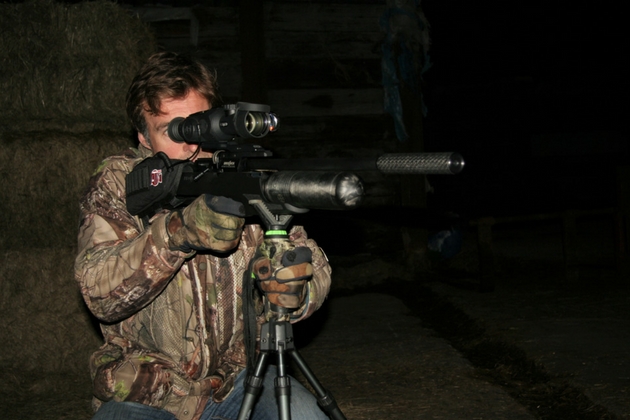
Shooting from a rest enables Mat to ensure that all shots are right on target
I use lamping and night-vision tactics when targeting rats with an air rifle
The simplicity and affordability of snapping on a scope-mounted lamp still appeals to me. It is a lot more straightforward than using digital night-vision gear but results do begin to slide as rats grow suspicious of the light. Winding down the power of the beam and softening it with a red or amber filter makes a difference, but you can’t beat night vision if you want to make a significant dent in rodent numbers.

When using night vision, a torch is still handy for reloading and finding your way around the farm
Going light-free
Farms that yield tallies of four or five rats per night after heavy shooting pressure has made them wary can suddenly produce 20 or 30 in a session when you go “light-free” and switch to night vision. Always remember to take a torch, though. Farms can be treacherous at the best of times and navigating them becomes a lot safer when you have a decent light source.
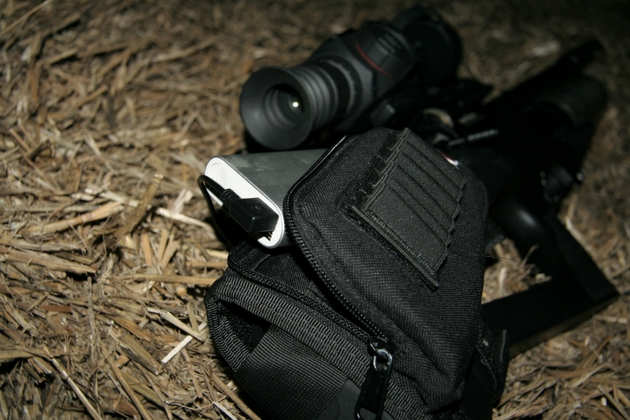
Connecting the source to a rechargeable external power source has saved on batteries
Night vision sights
Most of my night-vision work is done with either the ATN X-Sight II HD or the NiteSite R-TEK Wolf — both are more than up to the task of ratting.
They also have adequate detection range for foxing, as long as you couple the X-Sight with a decent illuminator. The NiteSite is a great add-on to convert your usual day scope to night vision and even features an integral illuminator. The only downside is that the viewing screen demands a head-up shooting position — this makes freehand shooting awkward but works perfectly for rested shots.
The X-Sight is a dedicated night-vision optic, which produces a pretty good colour image in daylight. The best thing about it is that you look through it the same as you would a conventional telescopic sight so it doesn’t hinder your shooting stance. Its biggest snag is that it guzzles through batteries but I have remedied this by coupling it with a rechargeable USB power pack. Even when leaving the X-Sight switched on for the whole session, I have yet to run this cell down to anywhere near empty — it has bought me a heck of a lot more shooting time and should pay for itself in terms of saved batteries.
Night-time ratting with an air rifle
Ratting in the dark using night vision optics
How to use an airgun for rat control
Air rifles are useful pieces of equipment for rat control. Use a backstop sensibly and effectively (usually a concrete wall…
Getting the target to keep still
One of the biggest struggles faced by would-be rat shooters is getting your target to keep still. It is a problem that is easily solved by offering rats something to tuck into while you line up for the shot. Use a particle bait such as grain or feed pellets and they will dart out and grab them then scuttle straight back to their hiding place to devour them. Give them a liquid or powder instead and they have no choice but to settle if they want to get a decent mouthful — get it right and they will give you plenty of time to freeze the cross-hairs on their head as they lap it up.
Smelly baits work best, and I’ve had a lot of success using liquidised cat food but it stinks out the kitchen so I resort to less offensive baits. Cheap coffee granules can be very effective, as can breadcrumbs. A dab of peanut butter or chocolate spread will persuade passing rats to stop for a lick.
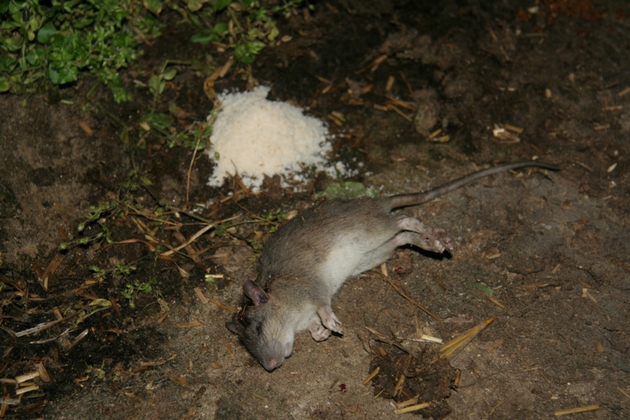
This young rat lingered too long on one of Mat’s breadcrumb piles and paid the price
Fresh breadcrumbs work well in ratting season
I was out recently on a dairy farm where fresh breadcrumbs have been going down very well with the resident rats. Arriving an hour or so before nightfall to give me time to set up before the rats came out, I began by putting out piles of bait on three or four busy-looking runs.
A great advantage with this approach is that you can pace out the distance between the bait stations and wherever you plan to shoot from so you know the exact range to your target and whatever amount of hold-over or hold-under you will need to give each shot to ensure a direct hit. I then sit back on a stool — usually between 12m and 18m from the bait spots — and pick off the rats as they venture out to feed.
Working in this way, systemically moving from one ratty area of the farm to another, is far more effective than wandering around trying to pop off the odd rat that you might encounter.
The rats on this farm have been attracted by the cattle feed but they are very partial to my breadcrumb offerings, and my first chance came just as the light was starting to fade. A half-grown rat settled on the bait spot I had placed along a run used to access a calf shed. Framed in the X-Sight’s cross-hairs, the oblivious rat fell to a clean strike to the head and was soon followed by another.
A whole magazine
Before long I had managed to work my way through a whole magazine. The distant yellow glow from the main cattle shed wasn’t sufficient for a fiddly reloading exercise, so I was glad to have my torch when the time came to pop in another 10 pellets.
Sitting in the gloom with nothing but the grunting and snuffling of cattle for company doesn’t sound very exciting but time tends to fly by when there are a few rats moving. I had picked a mild and overcast night, the kind of conditions that rats seem to favour, and I was kept busy by a steady trickle of rodents as the hours slipped away. It was past 11pm by the time I decided to draw the session to a close.
I had managed to account for more than 20 rats by then — a pleasing result that will make a significant difference when combined with frequent follow-up visits as the season wears on.
Related Articles
Get the latest news delivered direct to your door
Subscribe to Shooting Times & Country
Discover the ultimate companion for field sports enthusiasts with Shooting Times & Country Magazine, the UK’s leading weekly publication that has been at the forefront of shooting culture since 1882. Subscribers gain access to expert tips, comprehensive gear reviews, seasonal advice and a vibrant community of like-minded shooters.
Save on shop price when you subscribe with weekly issues featuring in-depth articles on gundog training, exclusive member offers and access to the digital back issue library. A Shooting Times & Country subscription is more than a magazine, don’t just read about the countryside; immerse yourself in its most authoritative and engaging publication.





